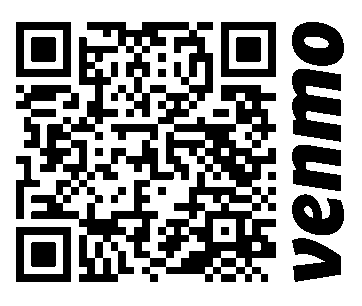A bit flip of a number x is choosing a bit in the binary representation of x and flipping it from either 0 to 1 or 1 to 0.
- For example, for
x = 7, the binary representation is111and we may choose any bit (including any leading zeros not shown) and flip it. We can flip the first bit from the right to get110, flip the second bit from the right to get101, flip the fifth bit from the right (a leading zero) to get10111, etc.
Given two integers start and goal, return the minimum number of bit flips to convert start to goal.
Example 1:
Input: start = 10, goal = 7 Output: 3 Explanation: The binary representation of 10 and 7 are 1010 and 0111 respectively. We can convert 10 to 7 in 3 steps: - Flip the first bit from the right: 1010 -> 1011. - Flip the third bit from the right: 1011 -> 1111. - Flip the fourth bit from the right: 1111 -> 0111. It can be shown we cannot convert 10 to 7 in less than 3 steps. Hence, we return 3.
Example 2:
Input: start = 3, goal = 4 Output: 3 Explanation: The binary representation of 3 and 4 are 011 and 100 respectively. We can convert 3 to 4 in 3 steps: - Flip the first bit from the right: 011 -> 010. - Flip the second bit from the right: 010 -> 000. - Flip the third bit from the right: 000 -> 100. It can be shown we cannot convert 3 to 4 in less than 3 steps. Hence, we return 3.
Constraints:
0 <= start, goal <= 109
Solution: XOR
start ^ goal will give us the bitwise difference of start and goal in binary format.
ans = # of 1 ones in the xor-ed results.
For C++, we can use __builtin_popcount or bitset<32>::count() to get the number of bits set for a given integer.
Time complexity: O(1)
Space complexity: O(1)
C++
|
1 2 3 4 5 6 7 |
// Author: Huahua class Solution { public: int minBitFlips(int start, int goal) { return bitset<32>(start ^ goal).count(); // __builtin_popcount(start ^ goal); } }; |
请尊重作者的劳动成果,转载请注明出处!花花保留对文章/视频的所有权利。
如果您喜欢这篇文章/视频,欢迎您捐赠花花。
If you like my articles / videos, donations are welcome.



Be First to Comment